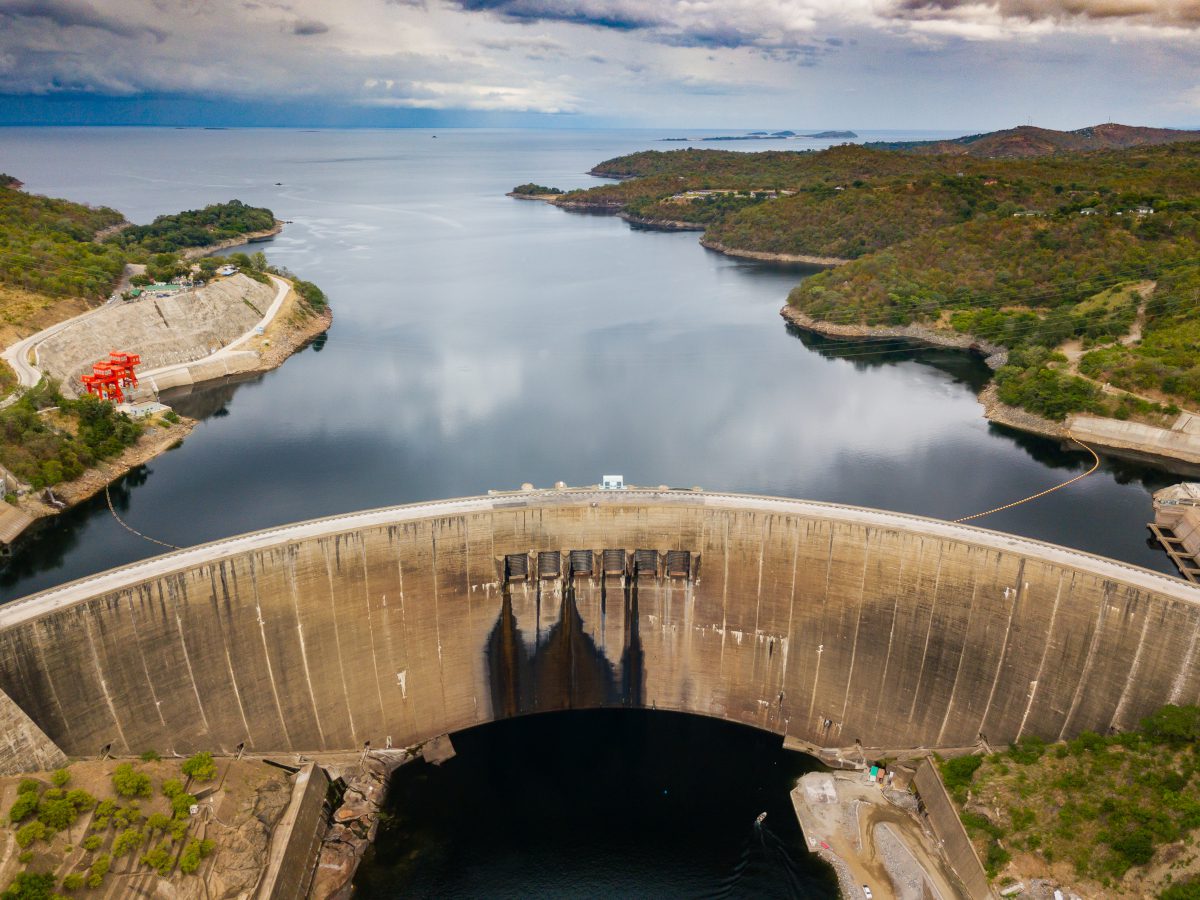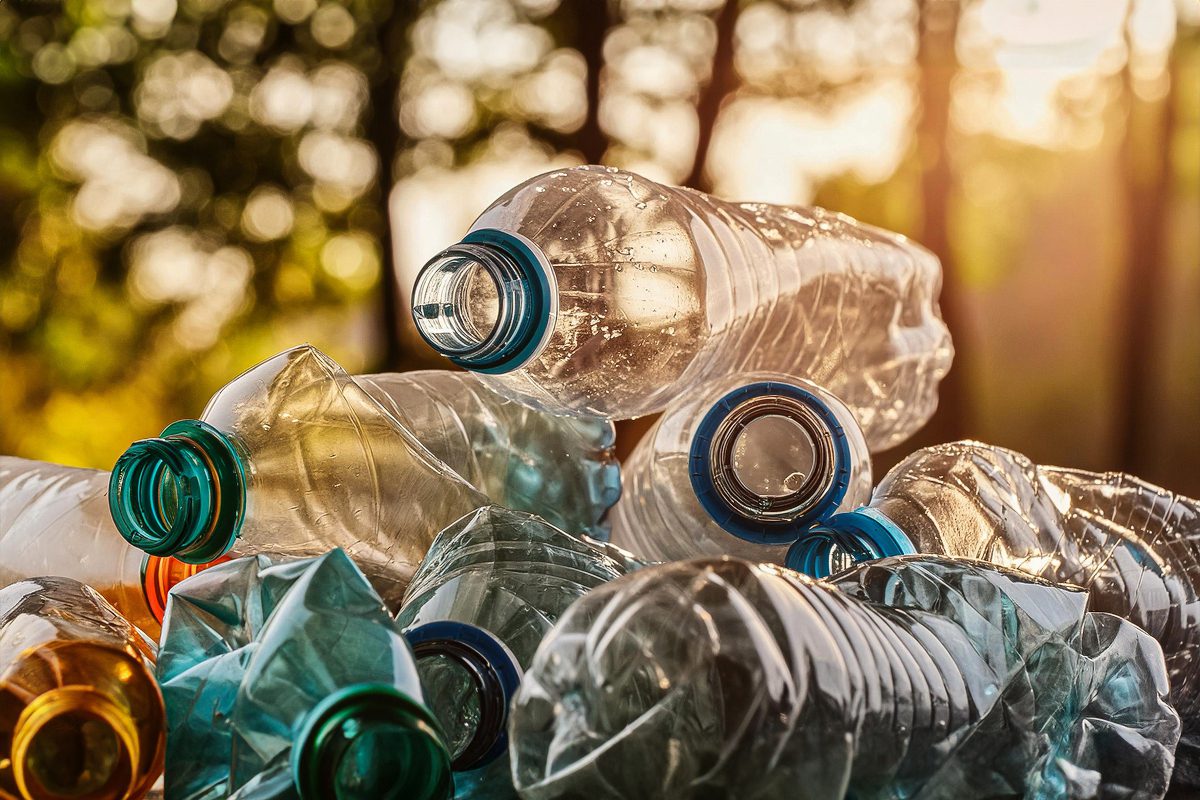From plastic to pesticides, substances contaminating the globe have crossed a ‘planetary boundary’ – defined as the point at which human-made change pushes Earth beyond a stable environment.
Swedish scientists issued the warning as part of a new study published in the journal Environmental Science & Technology, highlighting there has been a fiftyfold increase in the production of chemicals since 1950. Quantities are expected to triple again by 2050.
Particular concerns were raised in relation to plastic pollution, which has been found at the summit of Mount Everest and deep in the world’s oceans. Pesticides were also identified as a major issue, with non-target species of insects, many needed to support ecosystems, in danger of being wiped out inadvertently, leading to problems in food production, air and water quality. Toxic chemicals are also posing a significant threat due to their long-lasting nature and ability to spread quickly.
‘The pace that societies are producing and releasing new chemicals into the environment is not consistent with staying within a safe operating space for humanity,’ said Patricia Villarrubia-Gómez, a member of the study team, PhD candidate and research assistant at the Stockholm Resilience Centre (SRC).
‘There’s evidence that things are pointing in the wrong direction every step of the way,’ said Professor Bethanie Carney Almroth at the University of Gothenburg, who was also involved in the team. ‘For example, the total mass of plastics now exceeds the total mass of all living mammals. That to me is a pretty clear indication that we’ve crossed a boundary. We’re in trouble, but there are things we can do to reverse some of this.’
Determining the ‘planetary boundary’ for chemicals is difficult for a number of reasons. Firstly, there is no record of levels prior to human impact in the way pre-industrial CO2 emissions are gauged. Secondly, a huge number of chemicals are licensed for use, some 350,000, but only a small percentage have been fully assessed for environmental safety.
Those involved in the research have pointed to the importance of circular economies – where materials and products are reused rather than discarded – as imperative steps to reverse the trend. In addition, a more precautionary approach to regulation is necessary in terms of what substances are approved for use, where and when.
In 2019, the European Chemical Agency (ECHA) proposed widespread restrictions on the use of microplastics in cosmetics, paints, detergents, and medical equipment, but faced significant opposition from the chemicals industry.
Photo credit: Dimitry Anikin

















